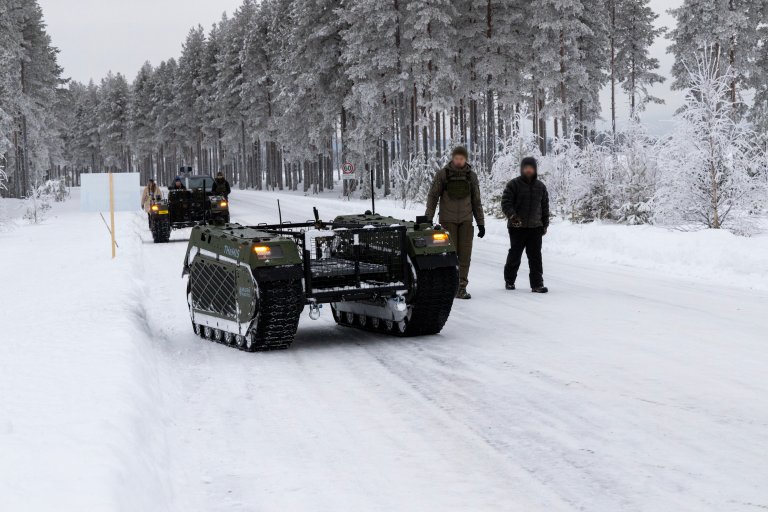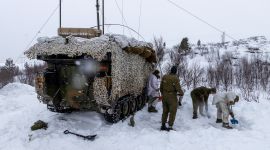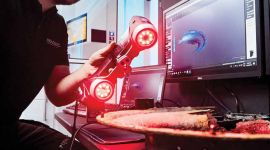Developing new tools for the Special Forces
In January, several hundred special forces operators, researchers, and 80 companies from ten different nations gathered in Norway.
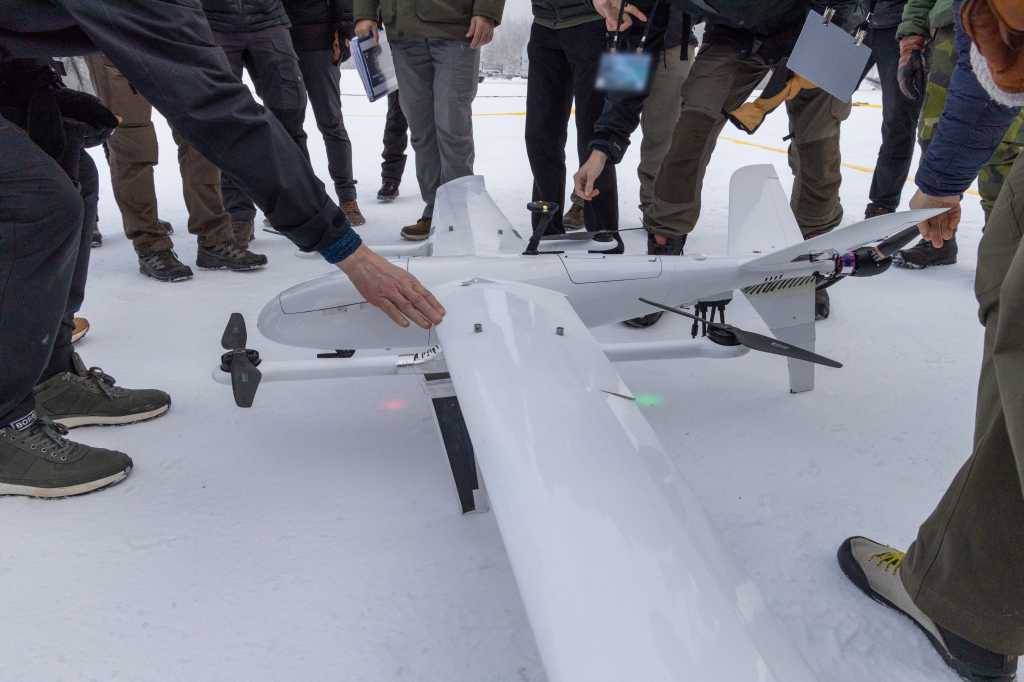
The fog is dense over the Rødsmoen shooting and training range. The temperature is around minus five degrees Celsius. (23°F)
"These are perfect conditions for us," says Mikkel Nielsen from Ubiq.
"Fog increases the risk of icing, which can make it difficult to fly regular drones. But these exact conditions give us the best opportunity to test our equipment."
Ubiq is a Norwegian company specializing in de-icing solutions for both small and large drones. The company has developed a carbon-based heat conduction technology that can be integrated into wings and propellers. The system activates automatically when ice begins to form and is designed to use minimal energy, ensuring that flight time and range are affected as little as possible.
"This can be the difference between success and failure in demanding operations. When other drones have to stay on the ground, drones with our technology can keep flying," Nielsen explains.
Handpicked by Special Forces
There is a lot of activity inside a nearby hall. Pulks, drones, medical equipment, unmanned vehicles, communication gear, and a variety of other gadgets are on display.
All the equipment and companies present have been selected because special forces want to take a closer look and test the gear.
The Arctic Warrior Experiment was previously held in 2019 and 2023, hosted by the Norwegian Special Operations Command (NORSOCOM) and the Norwegian Defence Research Establishment (FFI). In 2025, the U.S. Special Operations Command (USSOCOM) joined as an organizer.
USSOCOM has a long tradition of conducting this type of technical experimentation (TE), but TE 25-1/Arctic Warrior Experiment is the largest event of its kind so far. Never have so many companies applied to participate. It is also the first time USSOCOM has conducted this type of event outside U.S. borders in collaboration with another nation.
“This demonstrates that our partnership is strong. It shows that we are willing and able to succeed with early-stage technology development,” says Melissa A. Johnson, Acquisition Executive at USSOCOM.
According to Johnson, meeting like this allows operators to engage with the technology in a different way.
“This kind of experimentation enables special forces to ask industry the right questions, share the problems they are trying to solve, and gain insight into where the technology is heading. The same applies to the companies—they can learn what to consider and prioritize when developing new technology. Together, we can discuss how technology can be applied and solve operational challenges.”
Johnson believes there are some truly interesting and promising technologies being showcased and tested here—everything from blood-warming systems to communication equipment and a wide range of unmanned platforms.
A Geopolitical Investment
The Commander of the Norwegian Special Forces, Joar Eidheim, says that the U.S. special forces view this as a geopolitical investment.
“The U.S. and Norway share common interests in the High North. The defense of the United States begins in the Arctic. They are not here just because Norwegians are particularly friendly. They are investing in partnerships and Norwegian capabilities because they expect a return on their investment,” says Eidheim.
He believes this is a smart investment.
“The U.S. may not always be able to maintain a presence in the Arctic. When that happens, they need a partner they can rely on—someone who understands the region. This is our home turf.”
How the Companies Were Selected
The companies participating in TE 25-1/AWE (Technical experiment 25-1/Arctic Warrior Experiment) were chosen through an open call on sam.gov, a procurement portal similar to doffin.no in Norway. A total of 223 applications were submitted, and after a review process involving both Norwegian and U.S. entities, 80 were selected to participate.
Throughout TE 25-1/AWE, a team of assessors moved around the event, evaluating the technologies being tested. Their feedback will be shared with the companies afterward, helping them understand whether and how their technology is perceived as relevant to special forces.
“This is more than just a typical trade show. It improves communication between industry and end-users and increases the likelihood that the technology will actually be put to use,” says Tomas Roll Frømyr from the Norwegian Defence Research Establishment (FFI).
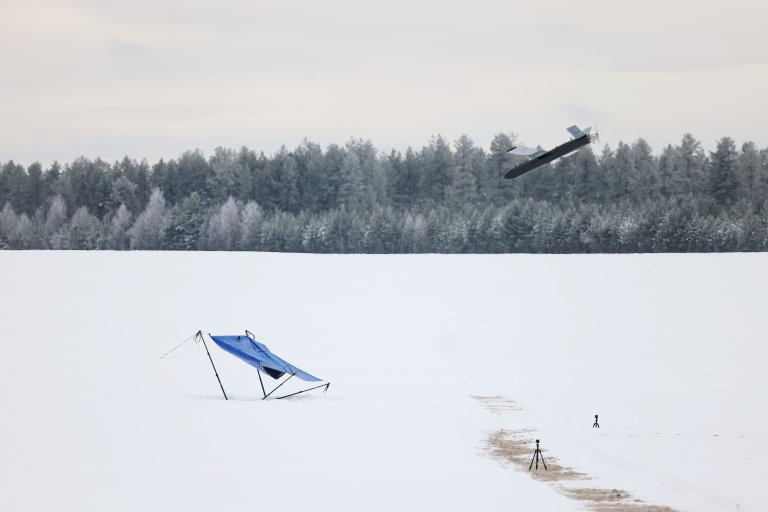
Intensive Testing in the Field
The entire area around the hall was buzzing with activity all week.
At a nearby airfield, several drone manufacturers and software companies gathered. The Norwegian company Six Robotics showcased its Valkyrie swarm concept, establishing connections with several international vendors in the drone and swarm technology sector.
“You don’t always know the impact or practical value of a promising technology. That’s why it’s important for users and developers to communicate. The results of these types of experiments often come later, when the finished products reach the market. We’ve also seen that companies have initiated collaborations and developed their own products as a result of these experiments," says Frømyr.
Warming Electronic Equipment
Nearby, Carver Scientific stands as an example of a technology identified in previous experiments that has now proven useful.
During a similar technology experiment, Johan Solli from the Norwegian Defence Materiel Agency met a manufacturer specializing in heating elements for clothing. However, special forces are using more and more electronic equipment, and we all know what can happen to electronics in extreme cold. "Can we get heating elements for electronic equipment?" Solli asked.
And so they did. At TE 25-1/AWE, Carver Scientific showcased new prototypes featuring heating elements, developed in collaboration with other manufacturers.
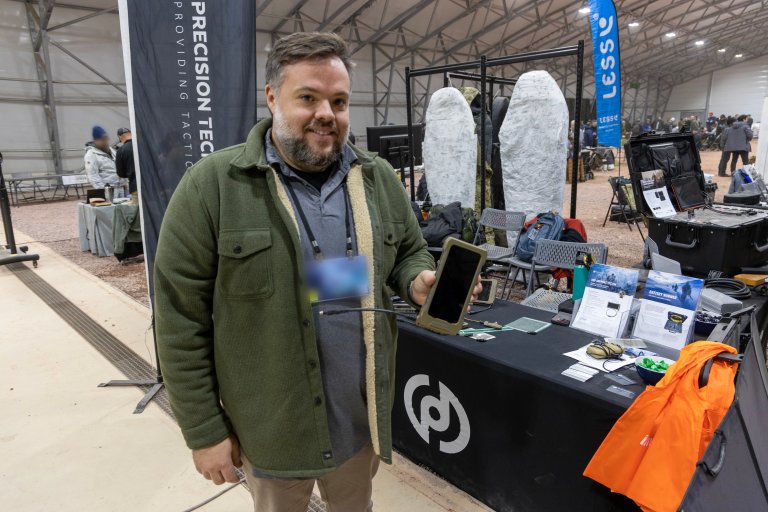
Simulating Cold-Weather Evacuations
Outside the hall, a soldier lies on the ground, groaning. The snow around him is stained red with fake blood. Norwegian company Warmflake is conducting a demonstration of its cold-weather patient evacuation concept.
Warmflake is aiming to break into the military medical equipment market and is one of the companies selected for this experimental week. Among their showcased innovations were a medical evacuation bag, designed to be pulled over a soldier’s sleeping bag for patient transport, and a patient warmer with heating elements that can be repositioned on the body as needed.
"The problem in cold weather is that body temperature drops so much that blood doesn’t coagulate properly. This increases the risk of the patient bleeding out," says Peter Due, founder and co-owner of Warmflake.
"Special forces need equipment that can maintain the injured person’s body heat during the critical first hour of evacuation."
Warmflake was founded on January 1, 2024. By February of the same year, they were already at the Sør-Varanger Garrison, testing their equipment in collaboration with the Norwegian Army. Now, they have received research and development funding from the Norwegian government to further develop their concept.
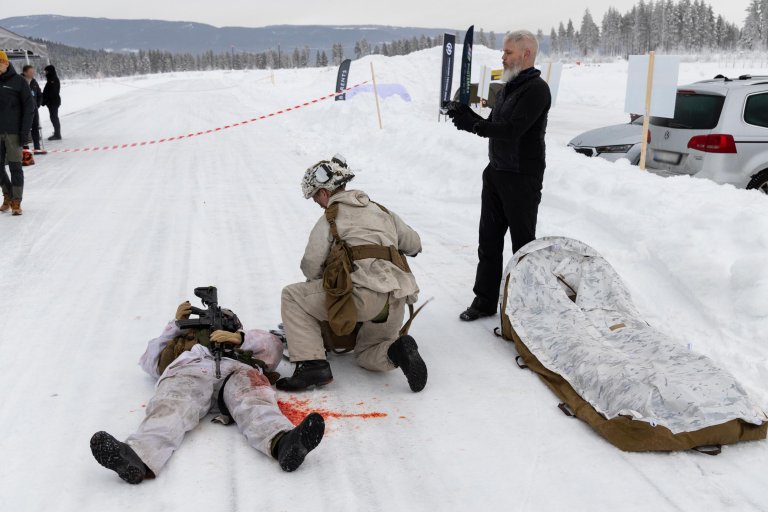
Helping Innovation Take Off
It’s not always easy for companies like Warmflake to establish themselves in the market, even when their ideas are solid and sought after by special forces.
To address this challenge, NATO has launched NATO DIANA (Defence Innovation Accelerator for the North Atlantic)—an organization focused on accelerating technological innovation within the alliance.
Following TE25-1/AWE, NATO DIANA will provide €50,000 in funding to five selected companies. The recipients will be announced in the spring of 2025.
"We often see that new technologies are tested and recognized in the field, but further development stalls due to a lack of funding and an efficient process to move forward," explains Line Thorsberg from the Norwegian Defence Research Establishment (FFI).
Leading up to TE 25-1/AWE, DIANA worked to establish a funding program designed to help companies kickstart their development efforts faster.
"DIANA has leveraged its flexibility to tailor the program based on user feedback, ensuring they have the freedom to shape the next steps. This provides valuable insight for both companies and users, helping to push technology forward," says Thorsberg.
She believes the work being done at AWE is highly valuable.
"The event brings together a unique diversity of people—from entrepreneurs and scientists to special forces operators. When technology is tested and further developed in close collaboration with those who will actually use it, it leads to solutions that are more precise and relevant in practice. You can feel the energy in the hall—it's clear how engaging this is for everyone involved," says Thorsberg.
